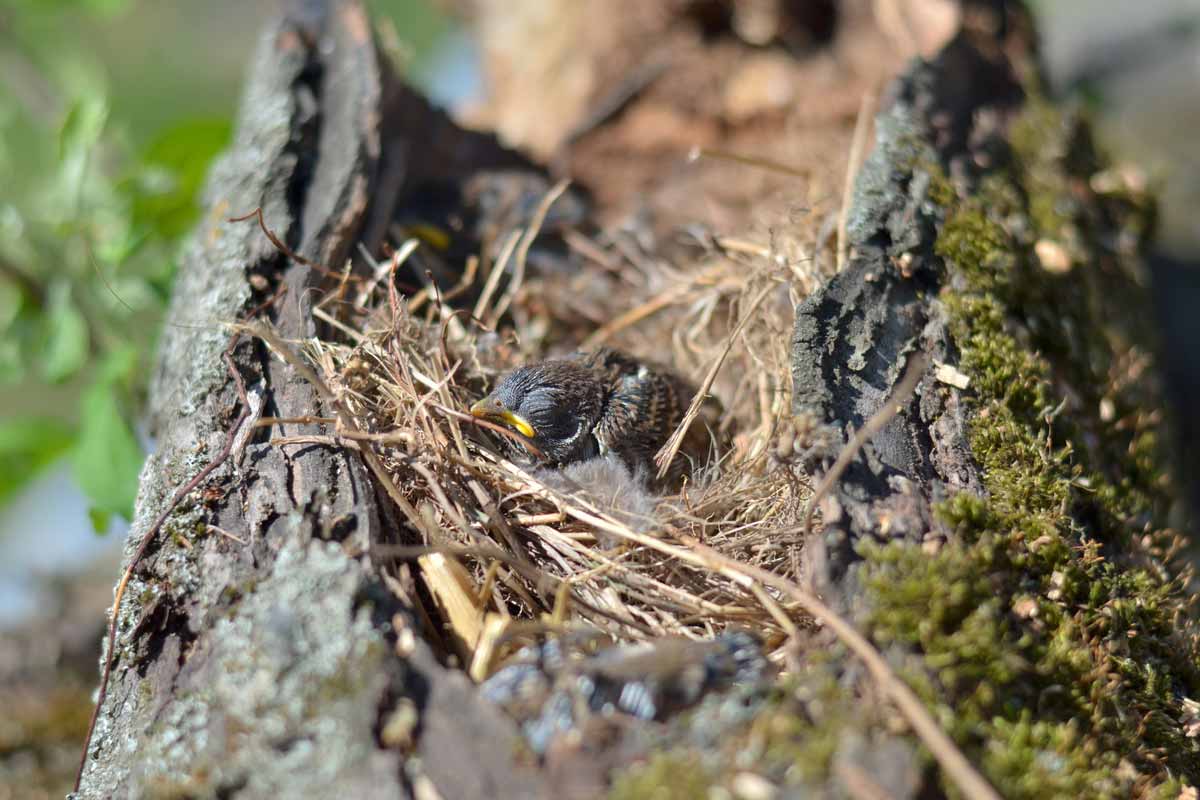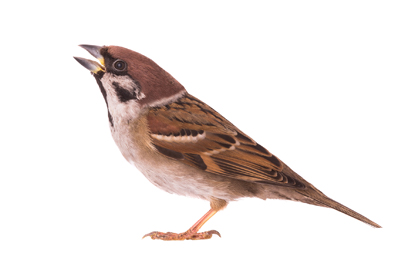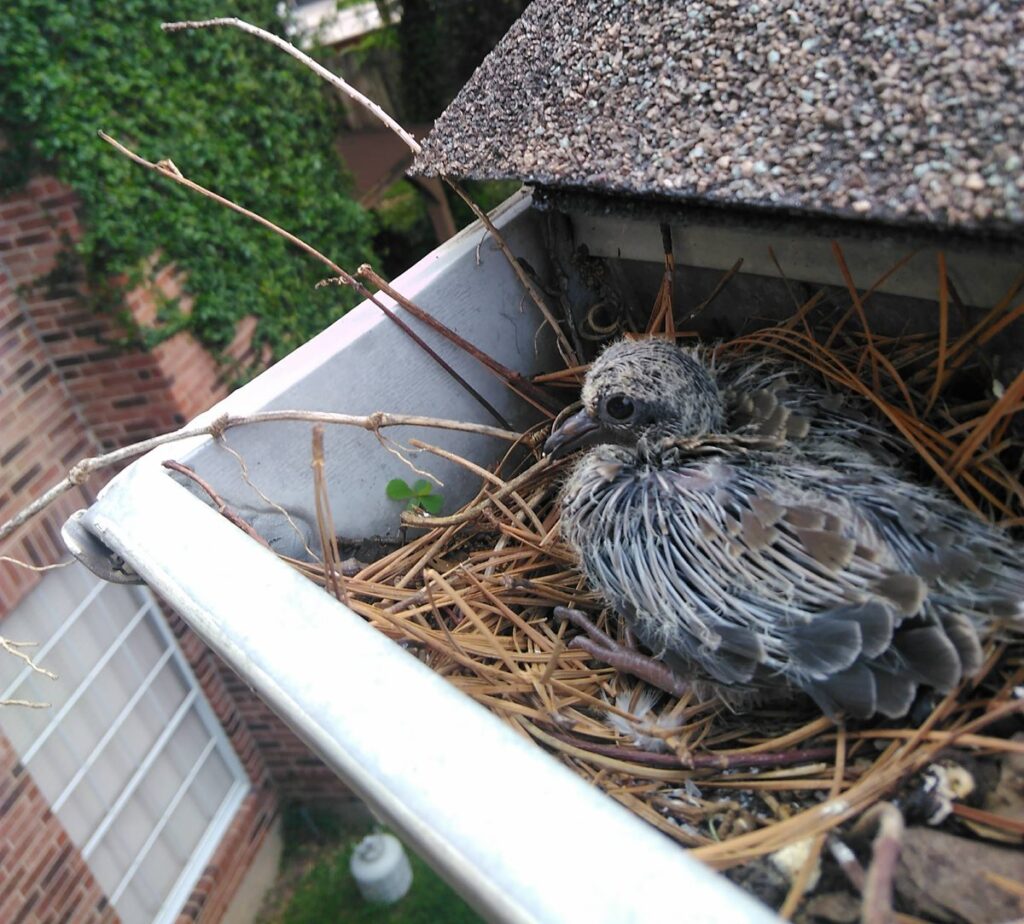Are you tired of waking up to the noise of chirping birds outside your window? Have you noticed your garden or balcony turning into a gathering spot for flocks of uninvited feathered guests?
Nuisance birds can become a real headache, disrupting your peace and even causing damage to your property. But don’t worry, you’re not alone in facing this issue, and there are effective ways to reclaim your space. In this guide, you’ll discover proven strategies to deter these pesky birds once and for all.
Imagine enjoying your mornings without the constant flutter and chatter. Stay with us, and you’ll learn how to regain control and bring back tranquility to your home.
Common Nuisance Birds
Identifying the common nuisance birds around your home or business is key to managing their presence effectively. These birds often cause damage, create messes, or pose health risks that you might overlook until the problem grows. Understanding which birds are likely to invade your space helps you choose the right control methods.
Types Of Problem Birds
Several bird species are known to become nuisances depending on your location and environment. Here are some of the most frequent troublemakers:
- Pigeons– Often called “rats with wings,” they leave droppings that stain buildings and can spread disease.
- Starlings– These aggressive birds form large flocks that can overwhelm areas and damage crops.
- Seagulls– Common near coastal areas, they scavenge food aggressively and create loud disturbances.
- House Sparrows– They nest in building crevices and can displace native birds.
- Crows– Intelligent and noisy, they raid garbage and can become quite bold around humans.
Do you know which birds are most common in your neighborhood? Spotting them early can save you time and stress.
Behavior Patterns
Each nuisance bird has unique habits that influence how they interact with your property. Understanding these behaviors can help you predict and prevent their presence.
| Bird | Behavior | Why It Causes Problems |
|---|---|---|
| Pigeons | Gather in large roosts, feed on scraps, nest on ledges | Droppings damage surfaces and clog drains |
| Starlings | Form huge flocks, aggressive toward other birds | Disrupt native wildlife and damage crops |
| Seagulls | Scavenge food waste, loud and persistent | Disturb neighbors and leave trash behind |
| House Sparrows | Nest in small cavities, breed rapidly | Take over nesting sites, create noise |
| Crows | Highly intelligent, use problem-solving skills | Raid garbage, can be very bold and noisy |
Have you noticed patterns in when and where these birds appear around your property? Timing your actions based on their behavior can make your efforts more effective.
Risks Of Nuisance Birds
Nuisance birds might seem harmless at first, but they can bring serious risks to your property and health. Ignoring their presence can lead to costly repairs and potential health hazards. Understanding these risks helps you take the right action before problems escalate.
Property Damage
Birds like pigeons and starlings often nest in gutters, attics, and vents. Their droppings are acidic and can corrode paint, metal, and even concrete surfaces. Over time, this can weaken structures and lead to expensive repairs.
Have you noticed clogged drains or damaged roof tiles? These are common signs of bird activity. Nesting materials can block water flow, causing leaks and water damage inside your home.
Health Concerns
Bird droppings can carry harmful bacteria, fungi, and parasites. Diseases like histoplasmosis and psittacosis spread through dried droppings or feathers, posing a risk to your family’s health.
Even a small accumulation of droppings can lead to airborne contaminants. If you have pets or children playing outside, their exposure to these hazards increases significantly.
Do you know how to protect your loved ones from these invisible threats? Regular cleaning and timely removal of birds can prevent many health issues before they start.
Prevention Techniques
Preventing nuisance birds from becoming a problem on your property is often easier than dealing with them after they’ve settled in. Prevention techniques focus on making your space less attractive and accessible to these birds. By taking simple steps, you can protect your home and garden effectively.
Eliminate Food Sources
Birds are attracted to easy meals. Removing or securing food sources will discourage them from sticking around.
- Keep garbage bins tightly closed and clean to avoid leftover scraps.
- Pick up fallen fruit from trees promptly to prevent birds from feeding.
- Use bird-proof feeders if you like feeding birds but want to control which species visit.
- Cover compost piles with netting or lids to limit access.
Have you noticed birds flocking to your outdoor dining area? This often happens because crumbs and food residues are left behind. Cleaning up after meals outside can make a big difference.
Secure Nesting Areas
Birds look for safe places to build nests, especially in sheltered spots around your home. Blocking these spots can stop them from settling in.
- Seal gaps and holes in eaves, vents, and roofs with mesh or caulk.
- Install bird spikes or netting on ledges, gutters, and balconies where birds tend to perch.
- Trim dense tree branches and shrubs near your home to reduce hidden nesting options.
- Check your property regularly during nesting season to spot early signs of activity.
One homeowner I know installed mesh on their attic vents and saw a significant drop in bird visits. That small effort saved them from noisy and messy nesting later on.
What areas around your property do birds seem to favor? Taking a close look might reveal easy fixes you hadn’t considered.

Credit: www.wildliferemoval.com
Deterrent Methods
Dealing with nuisance birds can be frustrating, especially when they disrupt your outdoor space or damage property. Deterrent methods offer practical ways to keep these feathered visitors at bay without harming them. Using a combination of visual, sound, and physical barriers can create an environment that birds find unwelcoming.
Visual Repellents
Visual repellents work by startling or confusing birds. Shiny objects like reflective tape or old CDs fluttering in the wind can catch a bird’s eye and make them think twice about landing. I’ve found that adding predator decoys, such as plastic owls or hawks, near your garden can also reduce bird visits, but remember to move them occasionally so birds don’t get used to them.
Consider hanging strips of aluminum foil or using specially designed bird scare balloons. These items create unpredictable reflections and movements that birds dislike. Have you noticed how a simple change in your garden’s appearance can sometimes make a big difference in bird activity?
Sound Devices
Sound devices emit noises that birds find disturbing. Ultrasonic repellents, which produce high-frequency sounds, are often inaudible to humans but annoying to birds. Some devices play distress calls or predator sounds, triggering the natural fear response in birds.
Keep in mind that birds may get used to constant noise, so mixing different sounds or using them intermittently can improve effectiveness. Installing sound devices near feeding or roosting spots can help protect those areas without disturbing your entire property.
Physical Barriers
Physical barriers prevent birds from accessing specific areas. Netting is a popular choice for gardens and fruit trees, creating a solid block that birds cannot penetrate. Bird spikes on ledges and roofs are another option; they stop birds from landing without causing injury.
Wire mesh cages around plants or vents also keep birds out. When you use physical barriers, make sure they are securely installed and cover all entry points to avoid giving birds an easy way around them. Have you tried any barriers that worked better than others in your experience?
Humane Trapping And Removal
Humane trapping and removal offer a responsible way to handle nuisance birds without causing them harm. This approach respects wildlife while protecting your property. Understanding how to trap birds safely and relocate them effectively makes all the difference in achieving a peaceful solution.
Safe Trapping Options
Choosing the right trap is key to ensuring birds stay unharmed. Box traps and cage traps are popular because they safely contain birds without injury. These traps come in various sizes, so pick one that fits the species you’re dealing with.
Place traps in areas where birds frequently gather, such as near feeders or nesting spots. Use birdseed or other attractive bait to lure them inside. Check traps often to avoid stressing the birds or leaving them trapped for too long.
Have you ever noticed how birds react to sudden changes in their environment? Keeping the area calm and quiet helps reduce their anxiety during trapping. Avoid using sticky or glue traps, as they cause unnecessary suffering and are not humane.
Relocation Tips
Once you’ve trapped the birds, moving them to the right location is crucial. Pick a spot far enough from your home to prevent them from returning. Look for a natural environment with food and shelter that meets their needs.
Transport birds carefully in ventilated containers to minimize stress. Avoid extreme temperatures during transit, and release them during daylight hours. After release, observe from a distance to ensure they adjust well without immediate danger.
Think about the impact on the local ecosystem before relocating birds. Moving them to an area where they can thrive helps keep nature balanced. Have you considered how your actions affect both the birds and their new environment?
Professional Help
Professional help can make bird control easier and safer. Experts have tools and knowledge to handle stubborn bird problems. They understand bird behavior and use humane methods to keep them away. Calling a professional can save time and prevent damage to your property. They can also advise on long-term solutions to avoid future issues.
When To Call Experts
Call experts if bird problems cause health risks or property damage. Large bird flocks are hard to manage alone. Birds nesting in vents or chimneys need urgent attention. If home remedies fail, expert help is the best option. Professionals handle protected bird species with care and follow laws.
Choosing A Service
Choose a service with good reviews and experience. Check if the company uses safe and humane methods. Ask about their licensing and insurance for protection. Compare prices but focus on quality of work. A reliable service offers a clear plan and follow-up support.
Maintenance Tips
Keeping nuisance birds away is not a one-time job. Maintenance plays a crucial role in making your bird control efforts last. Simple, regular actions can stop birds from coming back and save you time and frustration down the road.
Regular Inspections
Check your property often for signs of birds trying to settle in. Look for nests, droppings, or feathers around ledges, vents, and rooftops. Early detection helps you act before a small problem turns into a large one.
Pay special attention after storms or windy days, as these conditions can damage barriers or create new access points. You might find that fixing a loose screen or sealing a crack stops birds immediately.
Ask yourself: Are there new spots where birds could hide or perch? Keeping an eye on these details makes a big difference.
Ongoing Prevention
Once you’ve cleared birds away, maintain the barriers and deterrents you’ve set up. Regularly clean spikes, nets, or wires to ensure they remain effective. Dirt and debris can reduce their ability to keep birds at bay.
Consider rotating deterrents. Birds can get used to the same methods if they never change. Adding a scare device one month and switching it up a few months later can keep birds guessing.
Don’t forget to remove food sources like open trash bins or bird feeders near your building. Controlling what attracts birds is just as important as blocking their access.

Credit: hortilinks.com

Credit: www.wildliferemoval.com
Frequently Asked Questions
What Are Common Nuisance Birds To Remove?
Common nuisance birds include pigeons, sparrows, starlings, and seagulls. These birds often cause noise, damage, and mess. Identifying the species helps choose the best removal method. Different birds require different strategies for effective control and prevention.
How Can I Deter Nuisance Birds From My Property?
Use physical barriers like netting and spikes to block roosting spots. Visual deterrents like reflective tape or predator decoys also help. Regularly remove food sources and clean up waste to discourage birds from settling nearby.
Are Humane Methods Effective For Bird Control?
Yes, humane methods like deterrents and exclusion devices are effective. They prevent harm while keeping birds away. These methods comply with wildlife protection laws and promote ethical pest management.
When Should I Seek Professional Bird Removal Services?
Seek professionals if birds cause structural damage or health risks. Experts handle large infestations safely and legally. They provide long-term solutions tailored to your specific bird problem.
Conclusion
Nuisance birds can cause many problems around homes and gardens. Using safe and simple methods helps keep them away. Try barriers, noise devices, or natural repellents to protect your space. Regular checks and quick action stop birds from settling. Keep your area clean to avoid attracting more birds.
Patience and persistence bring the best results. Small steps make a big difference in bird control. Protect your property while respecting wildlife. Stay consistent and enjoy a peaceful outdoor space free from nuisance birds.

